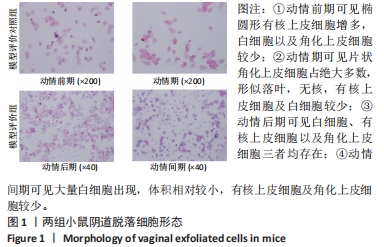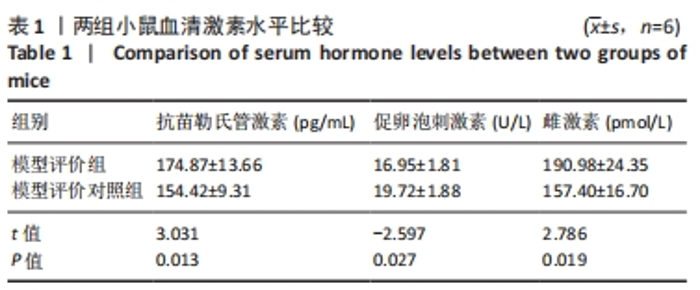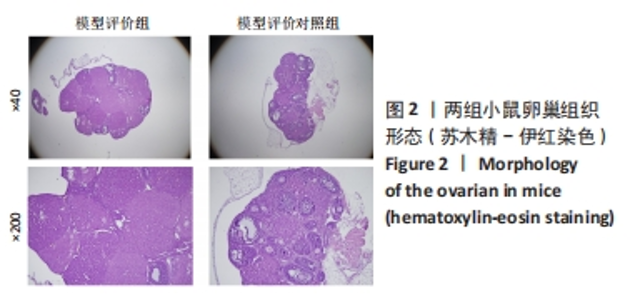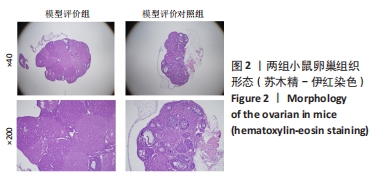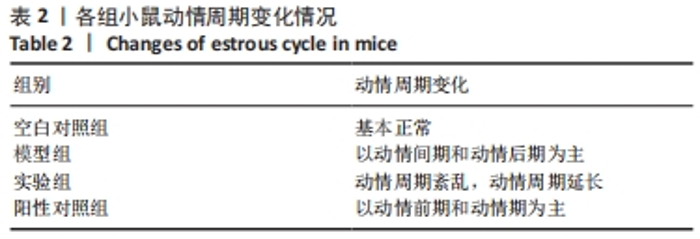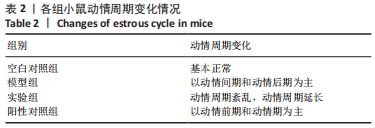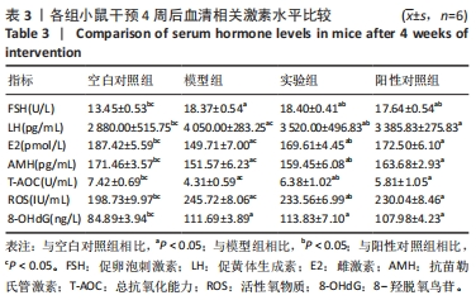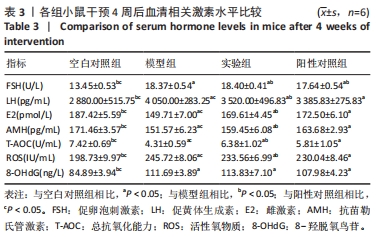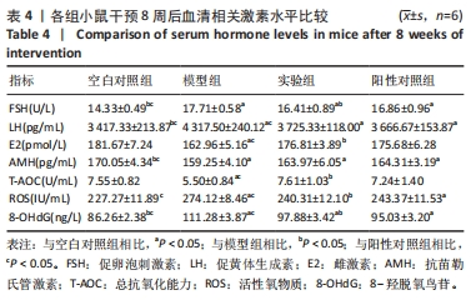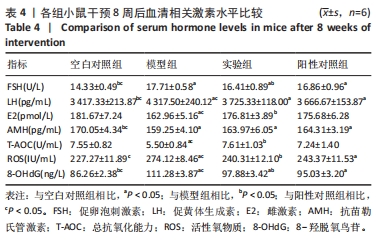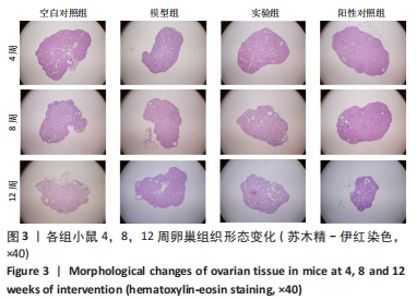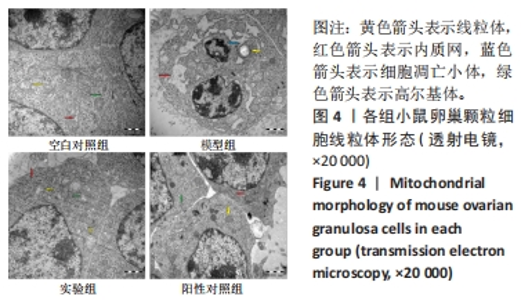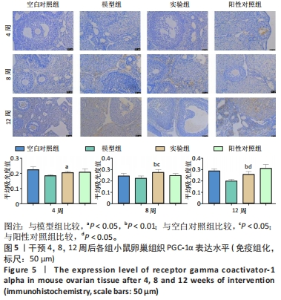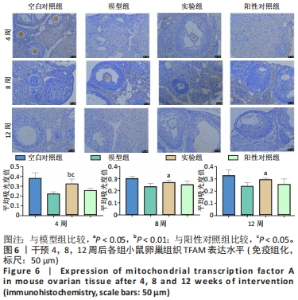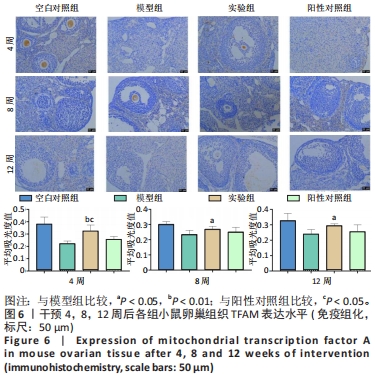[1] 张鸿艳.卵巢早衰的中西医治疗研究进展[J].中国校医,2021,35(6): 472-474.
[2] XU H, BAO X, KONG H, et al. Melatonin Protects Against Cyclophosphamide-induced Premature Ovarian Failure in Rats. Hum Exp Toxicol. 2022;41: 9603271221127430.
[3] 魏天琴,凌丽,冯秀山,等.环磷酰胺对大鼠卵巢结构与功能的影响及机制[J].解放军医学杂志,2018,43(3):195-200.
[4] 刘慧莹,任春娥,姜爱芳.两种造模方法导致大鼠卵巢早衰模型的比较研究[J].中国妇幼保健,2015,30(28):4869-4872.
[5] 欧阳进. 右归丸对自身免疫性卵巢早衰模型小鼠IL-6、IL-17、IL-21水平的影响[D].长沙:湖南中医药大学,2014.
[6] 林茂堂.六味地黄丸(汤)药理研究及临床应用新进展[J].内蒙古中医药,2017,36(14):135-136.
[7] 梁秋峰,曹云桂,陈奇.六味地黄丸治疗卵巢早衰的研究进展[J].医学综述,2019,25(17):3508-3512.
[8] 刘肖林,吴梓春,戴晖.六味地黄丸治疗卵巢早衰的临床效果观察[J].实用妇科内分泌杂志(电子版),2019,6(1):72-73.
[9] 薛如梅,袁玉影,张冬梅.卵巢早衰病因及治疗研究进展[J].中国当代医药,2022,29(32):23-27.
[10] 黄旭春,曹晓静,林楠,等.卵巢早衰中医诊疗指南评价与修订[J].河南中医,2019,39(1):82-86.
[11] ANDREYEV AY, KUSHNAREVA YE, MURPHY AN, et al. Mitochondrial ROS Metabolism: 10 Years Later. Biochemistry (Mosc). 2015;80(5):517-531.
[12] 刘慧萍,曾柳庭,张国民,等.颗粒细胞与卵母细胞自噬对卵泡发育和闭锁的调控[J].中华生殖与避孕杂志,2017,37(1):67-74.
[13] 张颖,李先强,李亚娜,等.颗粒细胞凋亡影响家禽卵泡闭锁的研究进展[J].中国畜牧兽医,2022,49(12):4725-4733.
[14] JIANG XL, TAI H, KUANG JS, et al. Jian-Pi-Yi-Shen decoction inhibits mitochondria-dependent granulosa cell apoptosis in a rat model of POF. Aging (Albany NY). 2022;14(20):8321-8345.
[15] 佟超.线粒体异常与卵巢早衰[J].山东大学学报(医学版),2018,56(4): 23-27.
[16] 加秀凤,陈瑞,罗丹,等.调经养巢方对卵巢早衰模型大鼠卵巢超微结构及细胞凋亡的影响[J].湖北中医药大学学报,2022,24(2):5-9.
[17] CHEN Y, ZHAO Y, MIAO C, et al. Quercetin alleviates cyclophosphamide-induced premature ovarian insufficiency in mice by reducing mitochondrial oxidative stress and pyroptosis in granulosa cells. J Ovarian Res. 2022;15(1): 138.
[18] 申屠路媚,牟艳玲.线粒体功能障碍机制及其相关疾病研究进展[J].生命科学,2018,30(1):87-93.
[19] 梅雯,熊伟,赵一.哺乳动物线粒体DNA转录调节因子研究进展[J].生物技术,2022,32(4):506-512.
[20] IKEDA M, IDE T, FUJINO T, et al. Overexpression of TFAM or twinkle increases mtDNA copy number and facilitates cardioprotection associated with limited mitochondrial oxidative stress. PLoS One. 2015;10(3):e0119687. |

